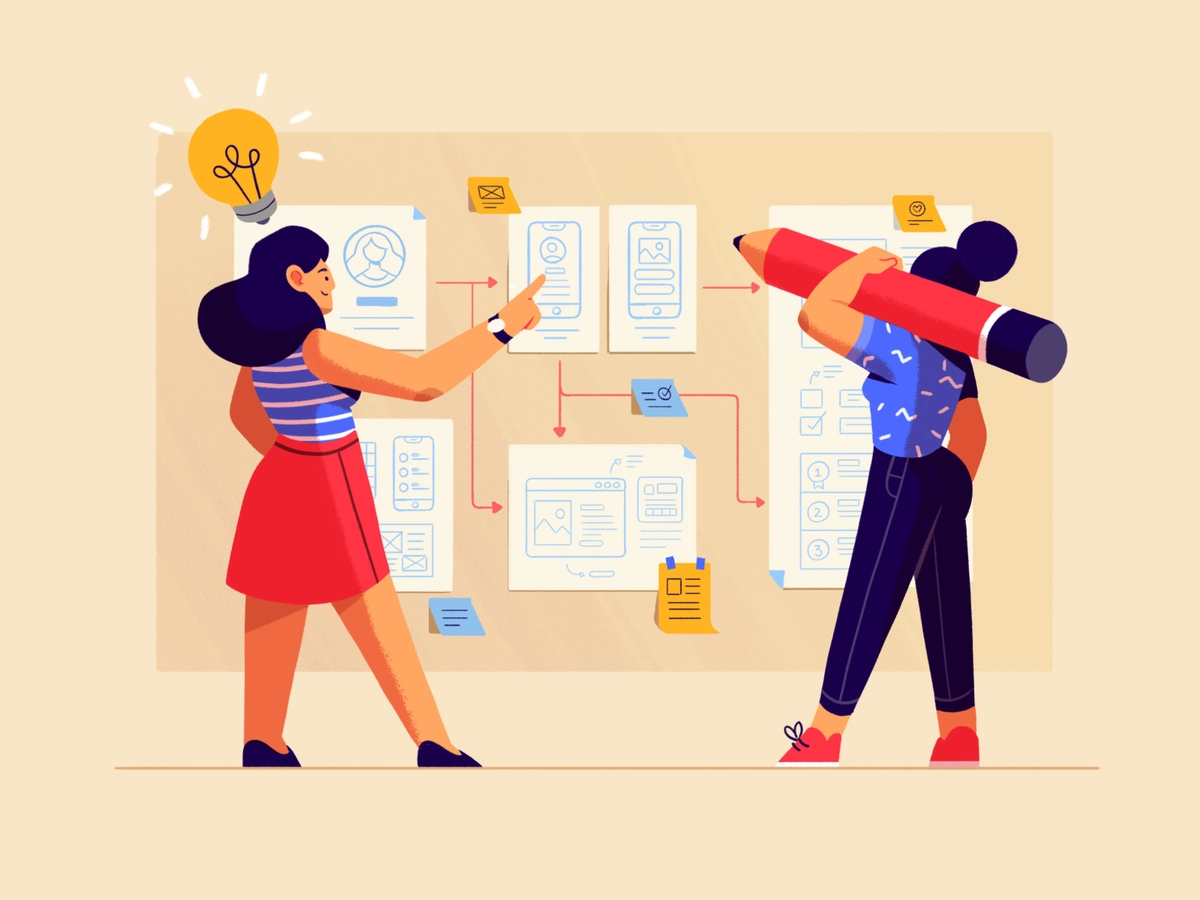The designer’s responsibility is to ensure that the team and the client are on the same page and agree upon project expectations. It is advisable to do this before the layouts appear. That’s where key UX artifacts from a UI/UX studio will help you a lot.

What are the UX artifacts?
So, what are design artifacts in UX?
An artifact is a representation of a product from a certain point of view in a given format. It helps all stakeholders in the process to reach an agreement, although it is typically not visible to the end user.
Artifacts in design can be a solution to a problem. We use them to communicate business goals and user experience. Designers may rely on them to substantiate a project as a fixed agreement. Other designers and team members may work with artifacts because most of them use clear, human language, rather than specialized jargon like graphics, business intelligence, or code.
Nevertheless, not every existing UX artifact may or should be applied to a specific project. Moreover, it’s not even the designer’s responsibility to deliver them all.
Some web artifacts may be provided by the product owner or other team members. The client may bring ready-made customer journey maps (CJMs), personas, etc. Alternatively, a project consultant may create them together with the client during a workshop. In some cases, certain artifacts might not be produced at all if the client deems them unnecessary.
Note: Everything that is not a finished product is considered an artifact. This includes clean design models in Figma, unreleased prototypes, etc.
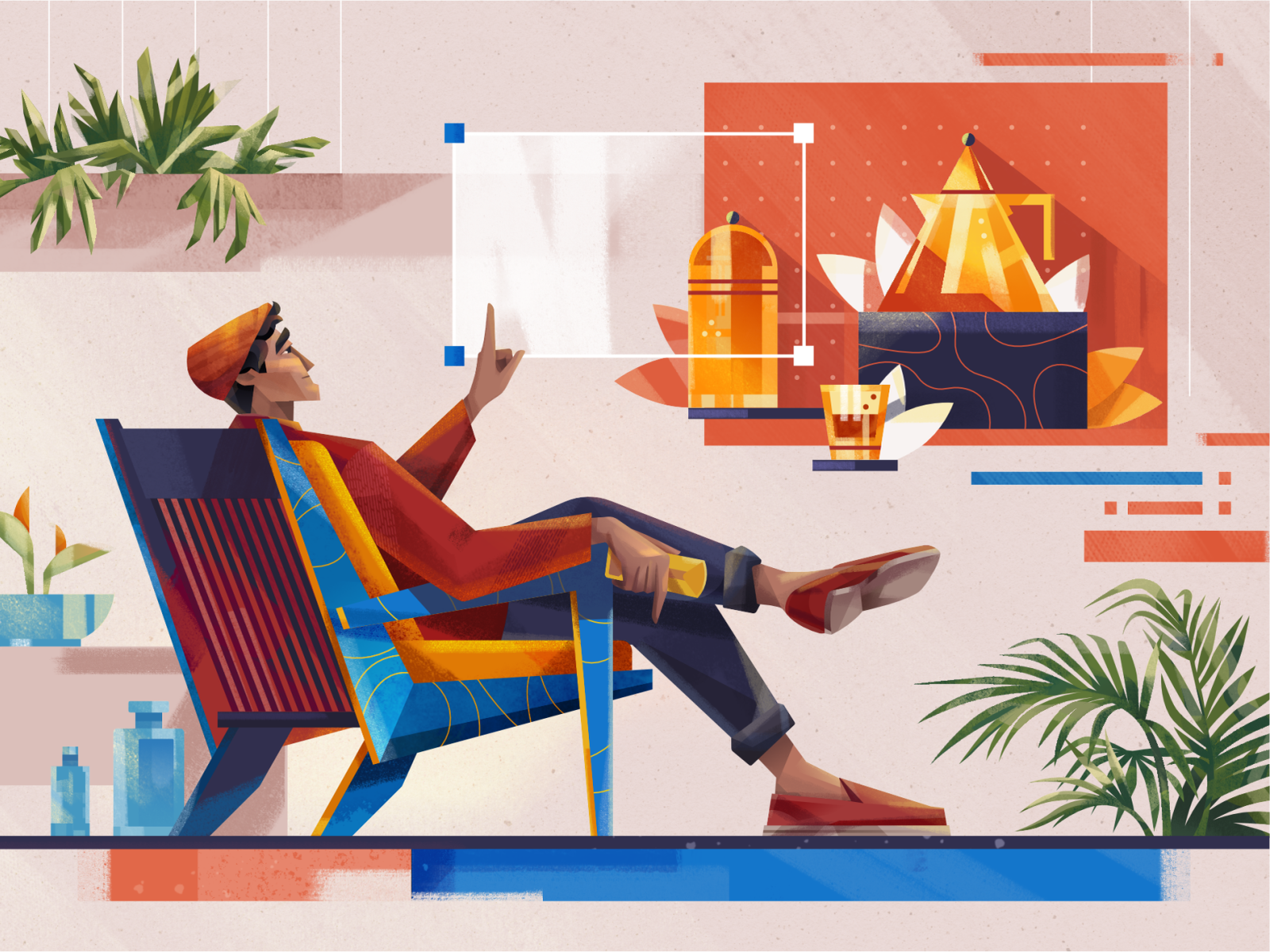
Key UX design artifacts
The goal is to spend minimal effort to clarify the picture for everyone involved in the project. With experience, you will be able to estimate which artifacts are necessary for a specific task. It’s cool to try everything: it helps you understand your preferences, as well as the time and effort it takes to compile a particular artifact.
Delivering UX research artifacts depends mostly on the client’s requirements and the cooperation type. However, typically, designers are expected to create:
- Customer Journey Maps (CJM)
- Scenarios
- Personas
- Wireframes
- References
- Mood boards
In a perfect world, you’d have all these materials before you begin to design UI/UX.
Occasionally usability reviews may be necessary, and seldom – Jobs-to-be-Done (JTBD) frameworks. So, skilled UX professionals are more likely to work with the artifacts like these.

CJM
A customer journey map is a tool for visualizing the interaction between a customer and a product or service. Creating a CJM is both an analysis process and a method of generating new ideas for product/service improvement.
The CJM outlines the customer’s experience over time, breaking it down into discrete elements. These components of interaction are related to various aspects of the process, such as the customer’s goals and objectives, their actions, the expected results, and any problems or barriers that prevent them from moving to the next step.
It also includes the touchpoints, materials, tools, equipment, and KPIs from a business perspective. Additionally, a CJM captures the psycho-emotional state of the customers, including thoughts, feelings, and emotions.
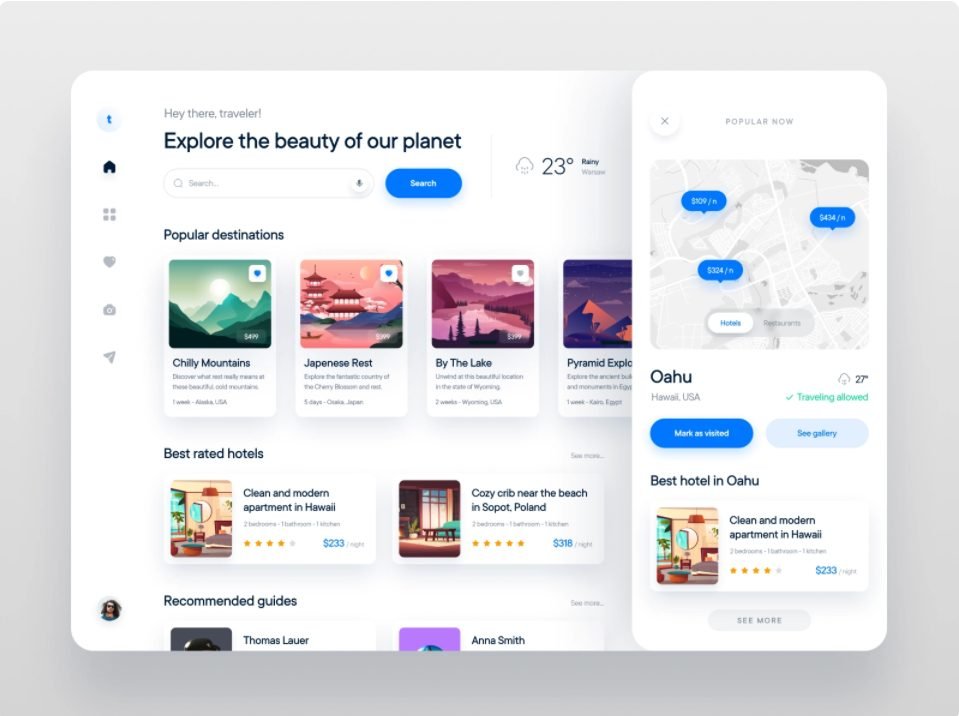
Scenarios
Scenarios are another vital tool for visualizing, discussing, and optimizing interaction scenarios. A scenario map shows the steps in the script, complete with questions, comments, and ideas for each step.
A scenario map can serve two main purposes. First, as a “reality map” to analyze an existing process, it depicts how users solve their problems. This type of map is typically created in collaboration with users, ensuring an accurate representation of their experiences.
Second, as a “design map”, it is used to envision a projected, ideal interaction. These scenarios are created by a design team without user input. Their goal is to help the team quickly explore new interactions that the product can and should support.

Personas
Personas are user archetypes that represent specific behavioral patterns. Essentially, a persona is a composite character that embodies the expectations, experiences, desires, and needs of a particular group of users. A persona from such a profile is a user archetype that represents a specific behavioral model, enabling designers to envision and cater to their target users more effectively.
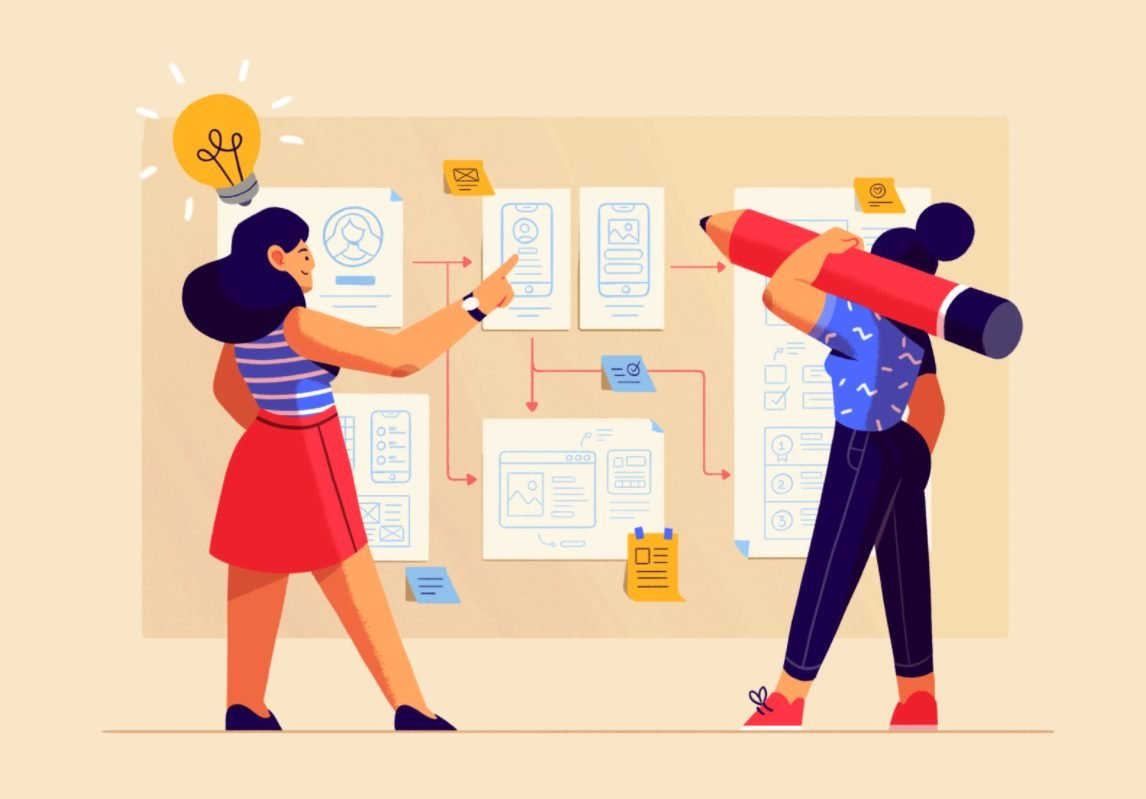
Wireframes
A wireframe is a static schematic illustration of a webpage (form) that illustrates the location and content of various user interface (UI) elements. The task of the layout is to show the content of a particular page, including the relative position of blocks, and individual elements.
Typically, wireframes do not reveal the peculiarities of visual design. They are often created using neutral colors like black, white, and shades of gray, and may include standard fonts and simple icons.

References
A design reference is created at the beginning of the visual design process and serves as a compilation of images that the designer will use as a basis for creating a design layout. It may include examples of color schemes, fonts, individual block designs, interface photos, layouts, and specific graphics.
The selection may be:
- Structured: In this format, each block is signed, and the purpose of each example is unambiguously defined.
- Chaotic: This approach resembles a pile of pictures from which the overall mood can be considered, but specific design decisions are not explicitly detailed.
In the latter, chaotic format, the reference turns into a mood board.
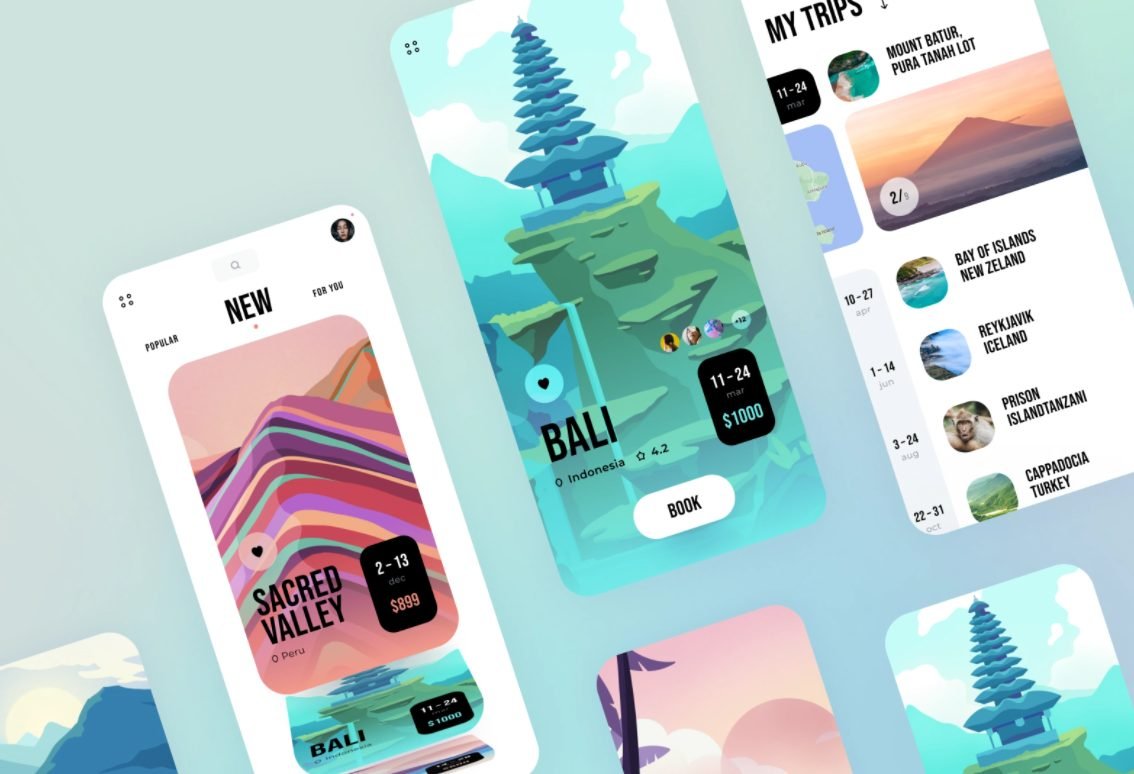
Mood boards
A mood board is often referred to as a set of images created before the design begins. The difference is that mood boards are trying to convey not specific design decisions but emotions intended to be evoked in those who will interact with the final design.
In practical design work, mood boards can be challenging to use effectively in later stages. This is because it is not always obvious how to translate the desired mood into specific design elements that can evoke those feelings.
Despite their different purposes, both the mood boards and references are often used interchangeably in design terminology. However, it’s important to recognize that while mood boards focus on evoking emotions, design references are more about specific design elements such as color schemes, fonts, and layouts.
Creating and storing UX artifacts in web design
Creating and storing UX artifacts is a critical aspect of the web design process. It ensures that these valuable resources are both effectively developed and easily accessible for future reference and collaboration.
Let’s check the best practices for making and storing the design artifacts.
Creating UX artifacts
- Identify the purpose. Understanding the purpose is key in creating UX design artifacts. Whether it’s for mapping user flows, brainstorming design concepts, or testing usability, the purpose will guide the type of UX artifact you create.
- Gather data and research. Effective UX artifacts are rooted in research. Collect data about your users, including demographics, behavior patterns, needs, and pain points. This information is crucial in creating UX design artifacts that accurately represent user needs.
- Choose the right tool. Selecting appropriate tools is essential for creating UX artifacts. For instance, wireframes can be crafted using software like Sketch, Figma, or Adobe XD.
- Iterate and collaborate. UX design is inherently a collaborative process. Share your UX artifacts, such as prototypes and user personas, with team members for feedback and iterate based on their input. This approach ensures that the UX artifacts evolve effectively.
- Keep it user-centered. Always prioritize the user in your design. Every UX artifact, from user journey maps to prototypes, should focus on making the experience intuitive and enjoyable for the user.
From UX artifacts lists to individual design examples, each piece of data you create demands a deep understanding of user needs, effective collaboration, and strategic use of tools.
Storing UX artifacts
- Cloud storage solutions
Utilize cloud storage services like Google Drive or Dropbox for storing UX artifacts. These platforms facilitate collaboration, allowing multiple users to access and edit web artifacts from different locations. - Version control systems
For complex web design projects, version control systems like Git are invaluable. Use platforms like GitHub or Bitbucket to store design artifacts while tracking changes over time. - Project management tools
Incorporate tools like Asana or Trello. These can store various UX artifacts while also helping to track the progress of a web design project. - Dedicated UX platforms
Specialized UX design platforms like InVision or UXPin are great for both creating UX artifacts and storing them. These platforms offer comprehensive capabilities for storage, sharing, and showcasing in a designer’s portfolio. - Organize and label clearly
Systematizing UX artifacts is crucial. Create a clear folder structure and use consistent naming conventions to ensure that files, including different design artifacts examples, are easily discoverable. - Back-up regularly
Regular backups are essential to prevent data loss of valuable UX design artifacts. This is especially important when using cloud storage or version control systems.
By choosing the right storage solutions, designers ensure that these artifacts contribute significantly to the usability and success of the product and serve as valuable resources in their portfolio.
To wrap it up
UX artifacts in UI/UX design serve as a critical means of understanding whether a team aligns in thinking and agrees on the most effective work strategies — not just through mock-ups or code, but through clear, articulate communication.
What are the artifacts that you can use to tell your UX story? There are a lot of them, and you need to choose them according to your needs. While almost every team member can handle artifacts, typically, the product owner, analyst, and designer play key roles in their creation and delivery.
At the beginning of a project, it’s great to focus on personas, customer journeys, and scenarios, especially when dealing with an innovative product or a new market.
After your project is done, you will see the sufficiency of your design artifacts by keeping an eye on the UX metrics. This data allows you to make necessary adjustments and iterations to improve your design’s usability.
Remember, if you are starting a new design and development project or looking for professional advice, you’re always welcome with your design & development projects for an expert review.



